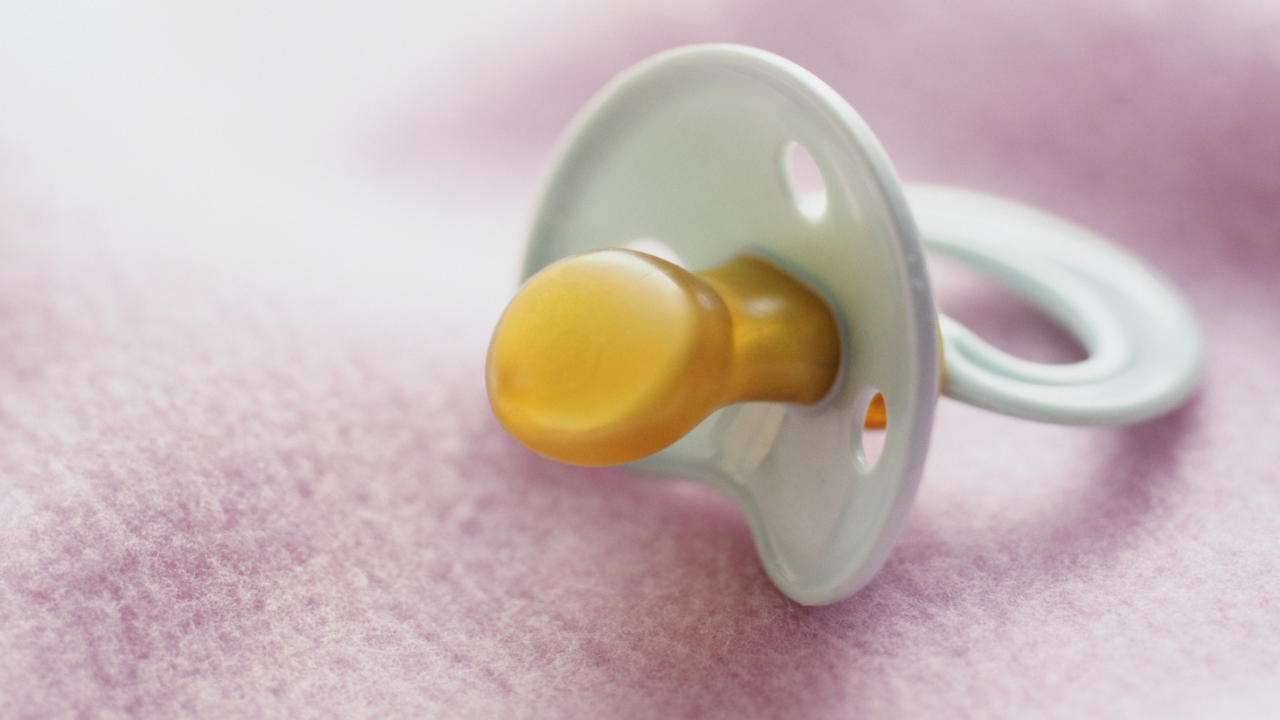‘It Feels Like The Safety Of Childhood’: Why Adult Pacifiers In China Are Helping People Quit Smoking, Sleep Better And Stress Less?

Credits: Canva
SummaryAdult-sized pacifiers are a growing trend in China, touted for stress relief, better sleep, and quitting smoking—sparking global curiosity and medical debate over their psychological benefits and potential risks.
End of Article
